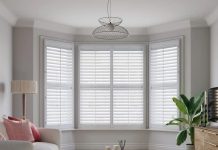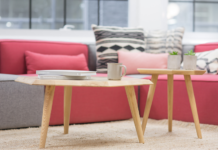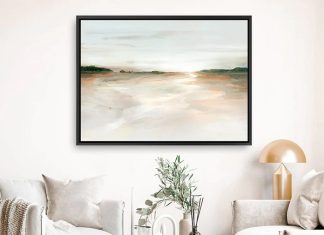When lighting trends are concerned, it seems like pendants are having a moment. As opposed to the past, when these hanging lighting fixtures were reserved for the kitchen, today they are popping up in almost every part of the home – from living room lounge areas to bedrooms. And for a very good reason. They aren’t as bulky or expensive as chandeliers, and they can make for great task lighting where you need it. Moreover, besides being a good lighting source, pendants can also double as stunning focal points. If you’re planning to enhance the look of your space with some of these small pieces of art, here’s what you should consider.
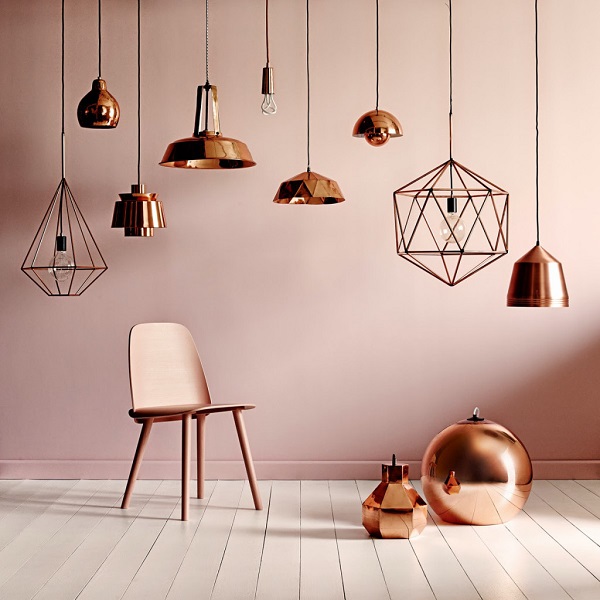
Size Matters
No lighting fixture is more varied than pendants. Today, pendant lighting comes in all sorts of shapes and sizes – from subtle mini cones for the kitchen island, to eye-catching living room accents. Small pendants with open bottoms work well as task lighting above work desks, or in the kitchen. Small inverted pendants that look like upside down lamps generate soft light towards the ceiling, which makes them great for accent or mood lighting. On the other hand, a single big pendant can be enough to light up an entryway or serve as general lighting in the living room.
Height Too
The role the pendant lighting will play in your space should determine how high it should be hung. If you’re lighting up a dining room, it’s usually advisable to hang the fixture at least 75 cm above the table. Pendants used as task lighting in the kitchen should be at least 60 cm above the counter for better visibility. For general lighting in a room, take into account the tallest person in the home, as the lowest pendant should be at least 50 – 55 cm above that person’s head.
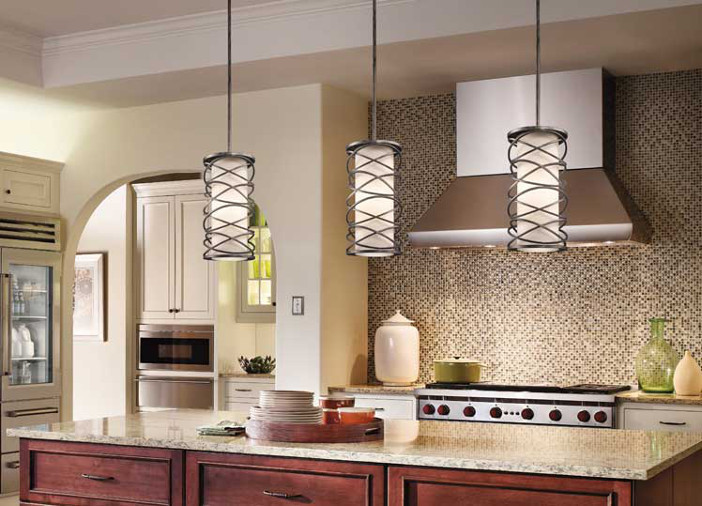
Complementing Styles
Sometimes, a pendant won’t be the only visible lighting fixture in a room, especially in an open concept space where several living areas are blended together. When that’s the case, it’s common for a dramatic pendant to assume the centre role. You can mix and match pendants around the space, but it’s generally considered better to stick to one or two styles – unless you want your home to look like a lighting showroom.
Finally, when using different styles of pendants, especially if they are near each other, go for similar or matching finishes, or another shared characteristic that helps achieve more balance. A great design trick is to also match the fixtures to other elements in the room, like for instance doorknobs or seats, or the faucet if we’re talking about the kitchen. All this makes lighting beautifully integrated within the existing design.

